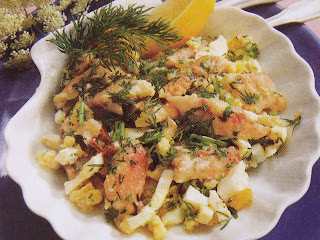
How traditional can you get – and what a smashing winter warmer this one is.
**********
What you’ll need (to feed four) –
4 “cuisse” or leg portions of chicken
2 tablespoons of plain flour
2 tablespoons olive oil
25g butter
100g smoked streaky bacon, chopped into small pieces (lardons)
400g shallots – get nice small ones – they’re cooked whole
600ml red wine
1 chicken stock cube
2 tablespoons tomato purée
2 cloves garlic, crushed or finely chopped.
1 teaspoon dried thyme
250g mushrooms, halved
Freshly ground black pepper
What to do –
Season the flour with salt and black pepper in a bowl.
Toss the chicken portions in the flour, coat them well.
Heat the olive oil in a flame proof casserole and fry the chicken pieces for about 10 minutes – until they’re browned all over. Remove chicken pieces from the pot and keep to one side.
Peel the shallots and and add them together with the chopped bacon (lardons) to the casserole, fry for 5 minutes, stirring occasionally.
Pour in the wine and allow to bubble for a minute or two.
Stir in the crumbled stock cube and the tomato purée and some freshly ground black pepper to taste.
Add the garlic and the thyme.
Bring to the boil and then pop the chicken pieces back into the pot.
Lower the heat, put a lid on the pot and simmer gently for 40-45 minutes.
Add the mushrooms and then simmer for a further 15 minutes.
Serve with mashed potatoes or simply plenty of crusty white bread.













